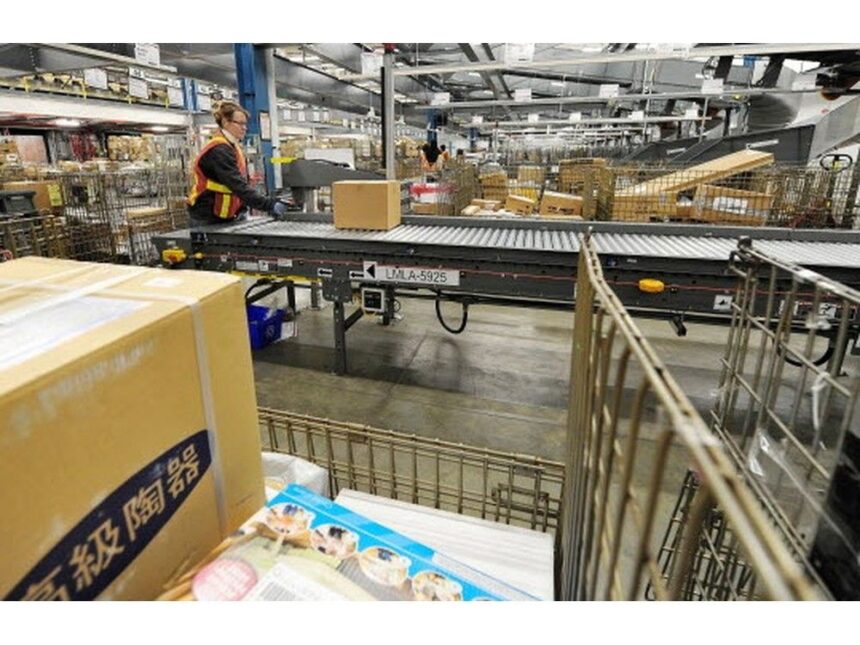The de minimis exemption rule allowed shipments valued at US$800 or less to cross the border duty-free, bypassing customs procedures. Sun MediaArticle contentOn Friday, the United States closed the door on a longstanding trade convenience, the de minimis exemption.THIS CONTENT IS RESERVED FOR SUBSCRIBERS ONLY.Subscribe now to access this story and more:Unlimited access to the website and appExclusive access to premium content, newsletters and podcastsFull access to the e-Edition app, an electronic replica of the print edition that you can share, download and comment onEnjoy insights and behind-the-scenes analysis from our award-winning journalistsSupport local journalists and the next generation of journalistsSUBSCRIBE TO UNLOCK MORE ARTICLES.Subscribe or sign in to your account to continue your reading experience.Unlimited access to the website and appExclusive access to premium content, newsletters and podcastsFull access to the e-Edition app, an electronic replica of the print edition that you can share, download and comment onEnjoy insights and behind-the-scenes analysis from our award-winning journalistsSupport local journalists and the next generation of journalistsRegister to unlock more articles.Create an account or sign in to continue your reading experience.Access additional stories every monthShare your thoughts and join the conversation in our commenting communityGet email updates from your favourite authorsSign In or Create an AccountorArticle contentFor decades, this rule allowed small shipments valued at US$800 or less to cross the border duty-free, bypassing the cumbersome customs procedures that normally apply to imports.Article contentArticle contentFor Canadian food producers — especially the small and mid-size ones — the implications are significant. This policy change risks undermining a vibrant ecosystem of specialty and artisanal foods that have found eager consumers south of the border.Article contentArticle contentThe exemption was never about giant grain shipments or truckloads of beef. Those flows already move through established commercial channels, covered by Canada-U.S.-Mexico Agreement rules that keep most tariffs at zero. Instead, the de minimis threshold acted as a hidden artery for small players: the Nova Scotia jam maker shipping gift boxes to Vermont, the B.C. chocolatier sending truffle assortments to Seattle or the Ontario pet treat company tapping into the booming U.S. specialty market.Article contentSpecialty food stores also have benefited from this trade mechanism. Independent retailers in New York, Chicago and Los Angeles often relied on small, frequent Canadian shipments to diversify their offerings. Now they, too, face higher prices, longer waits and more red tape, which could limit the range of Canadian products on their shelves.Article contentArticle contentThe overall economic impact may look minor. Bulk food exports — Canada’s wheat, beef, canola oil or pulses — will continue to flow unaffected. But focusing on aggregate trade numbers misses the point.Article contentEstimates suggest that between $500-million and $1-billion worth of Canadian food exports to the U.S. move each year under the $800 threshold, everything from craft condiments and gourmet snacks to specialty beverages, frozen goods and shipments for trade shows and customer samples. This may be a fraction of Canada’s $40-billion-plus agri-food trade with the U.S., but for the companies involved, it often represents their entire U.S. market-entry strategy.Article contentFood economics isn’t just about tonnage; it’s about market access, competition and consumer choice. When small firms lose their ability to compete, entire product categories shrink. American specialty retailers will see fewer Canadian craft brands on their shelves.
Sylvain Charlebois:$800 rule change could cost food industry $1 billion










